
Safe Payment
We accept Paypal, Money Transfer, Bank Transfer
Confidence
Protection covers your purchase and personal data.
Worldwide Delivery
We ship Worldwide, except Russia.Shipping cost US$25.2 for upto 0.5 kgs

Hotline
Talk to help line for your question on 9841267335The Buddhist Eight Stupa Set [buddhas Detachable], [chocolate Oxidized] has been crafted using the Ceramic mold casting process, a modern approach that provides an alternative to traditional methods such as the lost-wax system or rubber molding. Also referred to as ceramic molding, this technique involves the creation of a ceramic mold to cast the statue. The process begins by making a precise and detailed wax model of the desired sculpture. The wax model is then coated with layers of ceramic material, creating a sturdy mold. Once the mold is complete, it is fired in a kiln, causing the wax to melt and escape, leaving behind a cavity that perfectly replicates the original sculpture. Molten metal is then poured into the mold, allowing it to fill the cavity and take on the desired form. Once cooled and solidified, the ceramic mold is carefully broken away, revealing the final metal statue. Read More . . .
This Buddhist Eight Stupa Set [buddhas Detachable], [chocolate Oxidized] has been meticulously treated with a chocolate color antique patina. The intention behind this patina is to replicate the appearance of a copper statue that has gracefully aged over a century. Unlike a simple coat of paint, this patina is not applied superficially and is designed to endure. It undergoes an artificial oxidation process that adds depth and character, while also serving as a protective layer against natural oxidation.
By imitating the natural aging process, the chocolate color antique patina lends an air of authenticity and vintage charm to the Buddhist Eight Stupa Set [buddhas Detachable], [chocolate Oxidized]. This carefully crafted finish ensures that the patina remains intact for an extended period, offering longevity and resistance to wear. The result is a unique piece that captures the essence of a time-worn copper statue, evoking a sense of history and artistic heritage.
The stupa is a traditional structure of architecture, filled with relics and written mantras, which demonstrates the harmony and perfection of all universal principles and invites the human mind to participate in the growth and endless possibilities.
Basically, in the Sutras, the direct teachings of Buddha, one can find examples of eight different kinds of stupas. They apply to important events, such as his birth, his enlightenment, his teachings and his death, in Buddha Shakyamuni's life. According to these cases, the first stupas of this kind were constructed at different locations in India and today's Nepal and became holy sites.
Later, the so-called "Tathagata Stupas of the Eight Sacred Places" tradition came to Tibet. You can still find all eight stupas in a row on top of an enclosed wall at some Tibetan monasteries, counting 108 or even 1,080 stupas all together.
In Europe, it is very unusual to see all the eight stupas constructed together. In France (Montchardon), for example, one row is located and, since 2017, a beautiful set crowns Karma Berchen Ling.
A powerful protective field is formed by the eight stupas which can keep negative forces away. Established at the entrance, this "wall of stupas" not only reminds us of Buddha's deeds but also outwardly protects the retreat spot.
![]()
Lotus Stupa Tib. Pepung Chorten The main body of this stupa appears in the form of a lotus and symbolizes Buddhaâs birth in Lumbini.
![]()
Enlightenment Stupa Tib. Jangchub Chorten This stupa symbolizes the full development of mind, the state of a Buddha. It was built by the Dharma king Bimbisara, honoring Buddhaâs enlightenment in Bodhgaya. On the evening before reaching enlightenment, Buddha Shakyamuni removed the last subtle veils and obstacles in his mind, which is also represented in this stupa.
![]()
Stupa of Many Doors Tib. Taschi Gomang Chorten This stupa represents the Dharma, the teachings of the Buddha about the way things are. It is also called âWisdom Stupaâ and was built on the occasion of Buddhaâs first teaching âThe four noble truthsâ which he gave in Sarnath/Varanasi. The stupa represents the threefold turning of the wheel of Dharma and contains all teachings Buddha gave.
![]()
Stupa of Great Miracles Tib. Chotrul Chorten This stupa represents the miracles performed by Buddha when he converted the âfollowers of wrong viewsâ (non-Buddhist masters) through his power of miracles. A person named Lisabi built this stupa in the Jetavana Grove in Shravasti.
![]()
Stupa Descent from God Realms Tib. Lhabab Chorten Buddha gave teachings to his mother in the heaven of thirty-three gods (Trayastrimsha Heaven). Buddhaâs descent from this realm back to earth is symbolized by this special stupa with three ladders on each side. The first stupa of this kind was built in Samkashya.
![]()
Stupa of Reconciliation Tib. Yendum Chorten The cousin of Buddha named Devadatta had caused a split within the community of practitioners. To mark the reconciliation of the Sangha, this stupa was built in Rajgir.
![]()
Stupa of Complete Victory Tib. Namgyal Chorten Shortly before his death Buddha extended his life for three months because his students asked him not to pass away. This happened in Vaishali. This stupa is also known for its healing power.
![]()
Paranirvana Stupa Tib. Nyangde Chorten This stupa symbolizes Buddhaâs leaving the conditioned existence (death) in Kushinagara. The main body of the stupa has the form of a bell, and is a symbol for the perfect wisdom of Buddha.


![Buddhist Eight Stupa Set [buddhas Detachable], [chocolate Oxidized]](https://handicraftseller.com/uploads/pics/product/thumb/2022/11/27063_4.jpg)
![Buddhist Eight Stupa Set [buddhas Detachable], [chocolate Oxidized]](https://handicraftseller.com/uploads/pics/product/thumb/2022/11/27063_5.jpg)
![Buddhist Eight Stupa Set [buddhas Detachable], [chocolate Oxidized]](https://handicraftseller.com/uploads/pics/product/thumb/2022/11/27063_6.jpg)
![Buddhist Eight Stupa Set [buddhas Detachable], [chocolate Oxidized]](https://handicraftseller.com/uploads/pics/product/thumb/2022/11/27063_7.jpg)
![Buddhist Eight Stupa Set [buddhas Detachable], [chocolate Oxidized]](https://handicraftseller.com/uploads/pics/product/thumb/2022/11/27063_8.jpg)
![Buddhist Eight Stupa Set [buddhas Detachable], [chocolate Oxidized]](https://handicraftseller.com/uploads/pics/product/thumb/2022/11/27063.jpg)
![Buddhist Eight Stupa Set [buddhas Detachable], [chocolate Oxidized]](https://handicraftseller.com/uploads/pics/product/thumb/2022/11/27063_0.jpg)
![Buddhist Eight Stupa Set [buddhas Detachable], [chocolate Oxidized]](https://handicraftseller.com/uploads/pics/product/thumb/2022/11/27063_1.jpg)
![Buddhist Eight Stupa Set [buddhas Detachable], [chocolate Oxidized]](https://handicraftseller.com/uploads/pics/product/thumb/2022/11/27063_2.jpg)
![Buddhist Eight Stupa Set [buddhas Detachable], [chocolate Oxidized]](https://handicraftseller.com/uploads/pics/product/thumb/2022/11/27063_3.jpg)
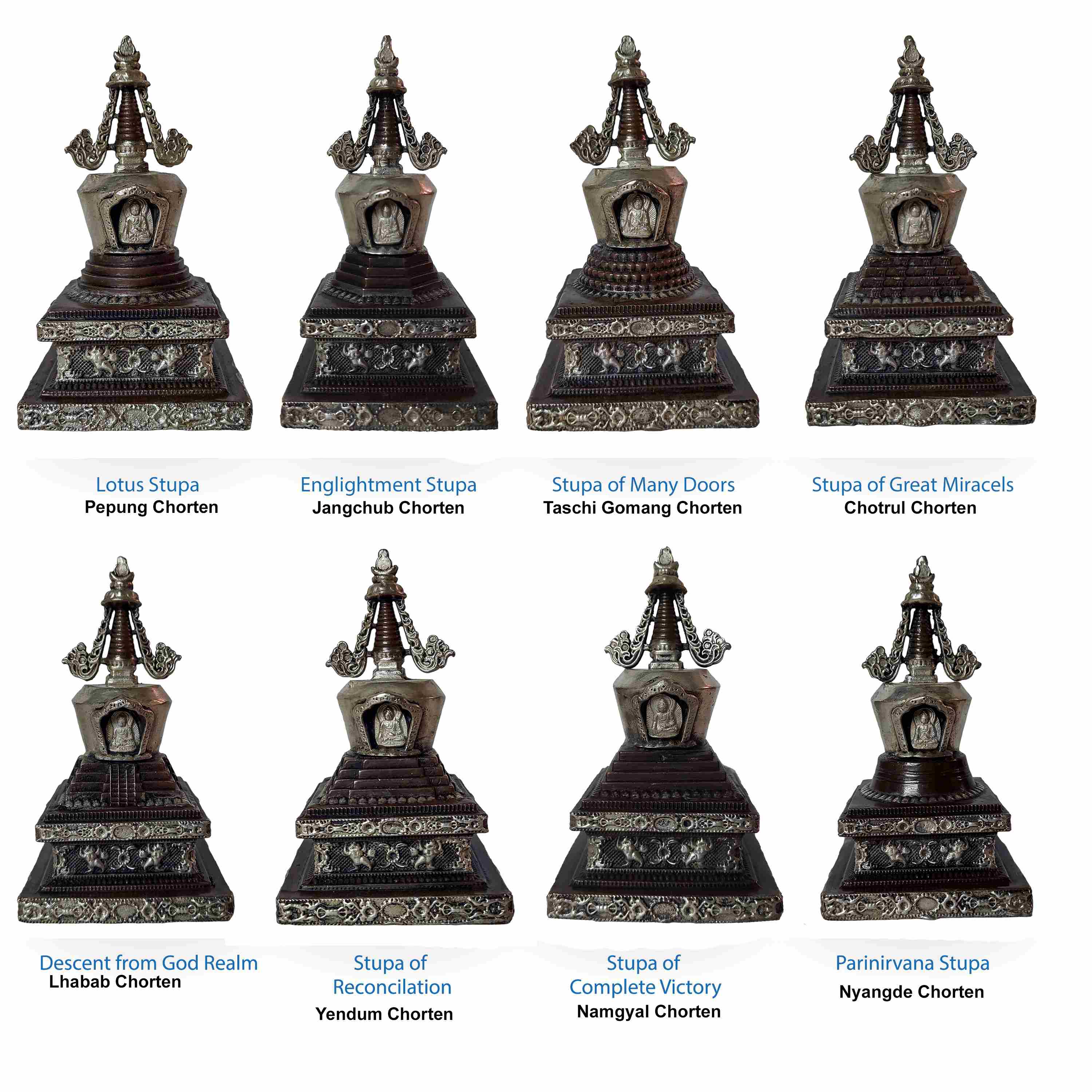
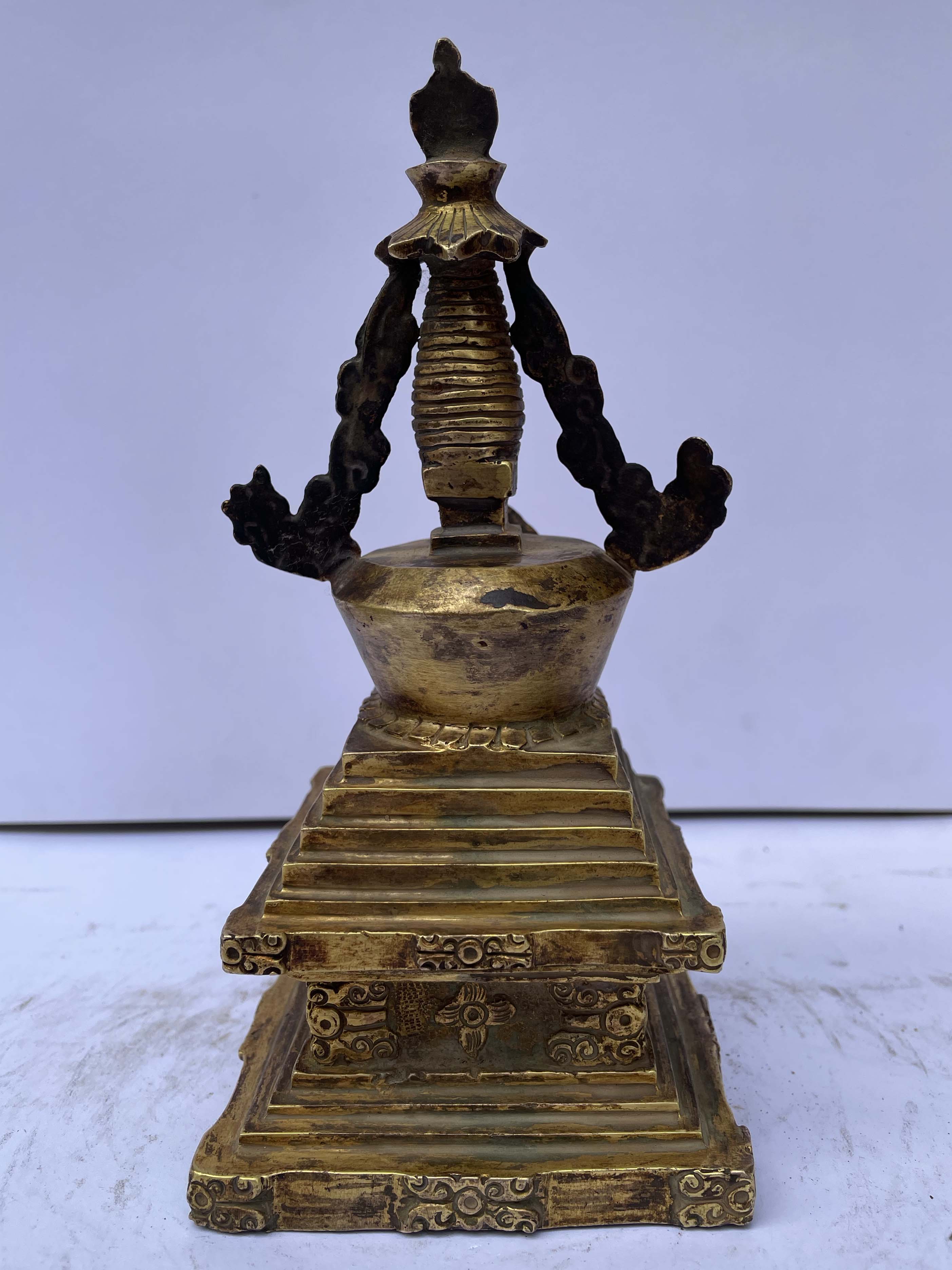 of Complete Victory -namgyal Chorten,
of Complete Victory -namgyal Chorten, 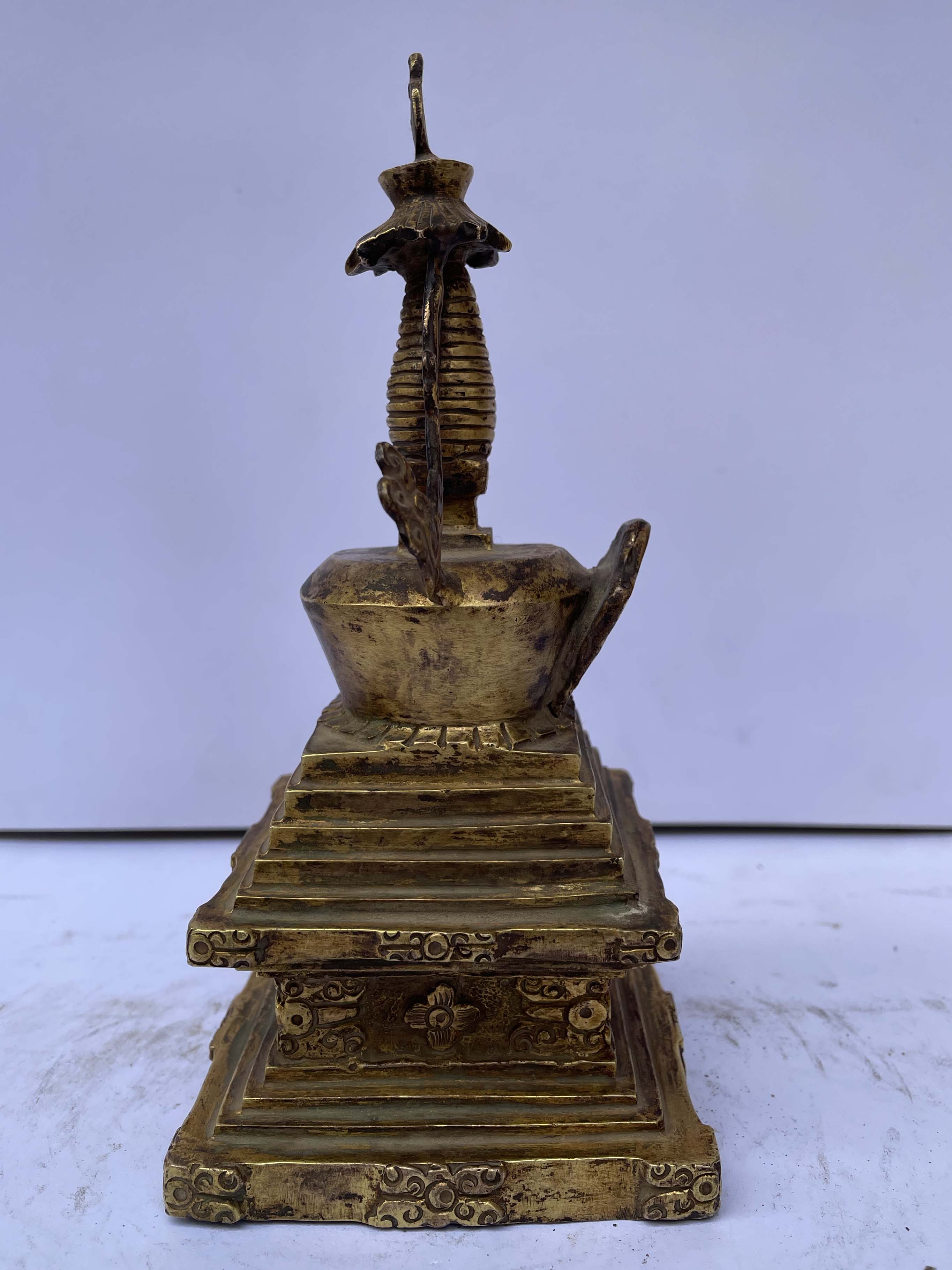 of Complete Victory -namgyal Chorten,
of Complete Victory -namgyal Chorten, 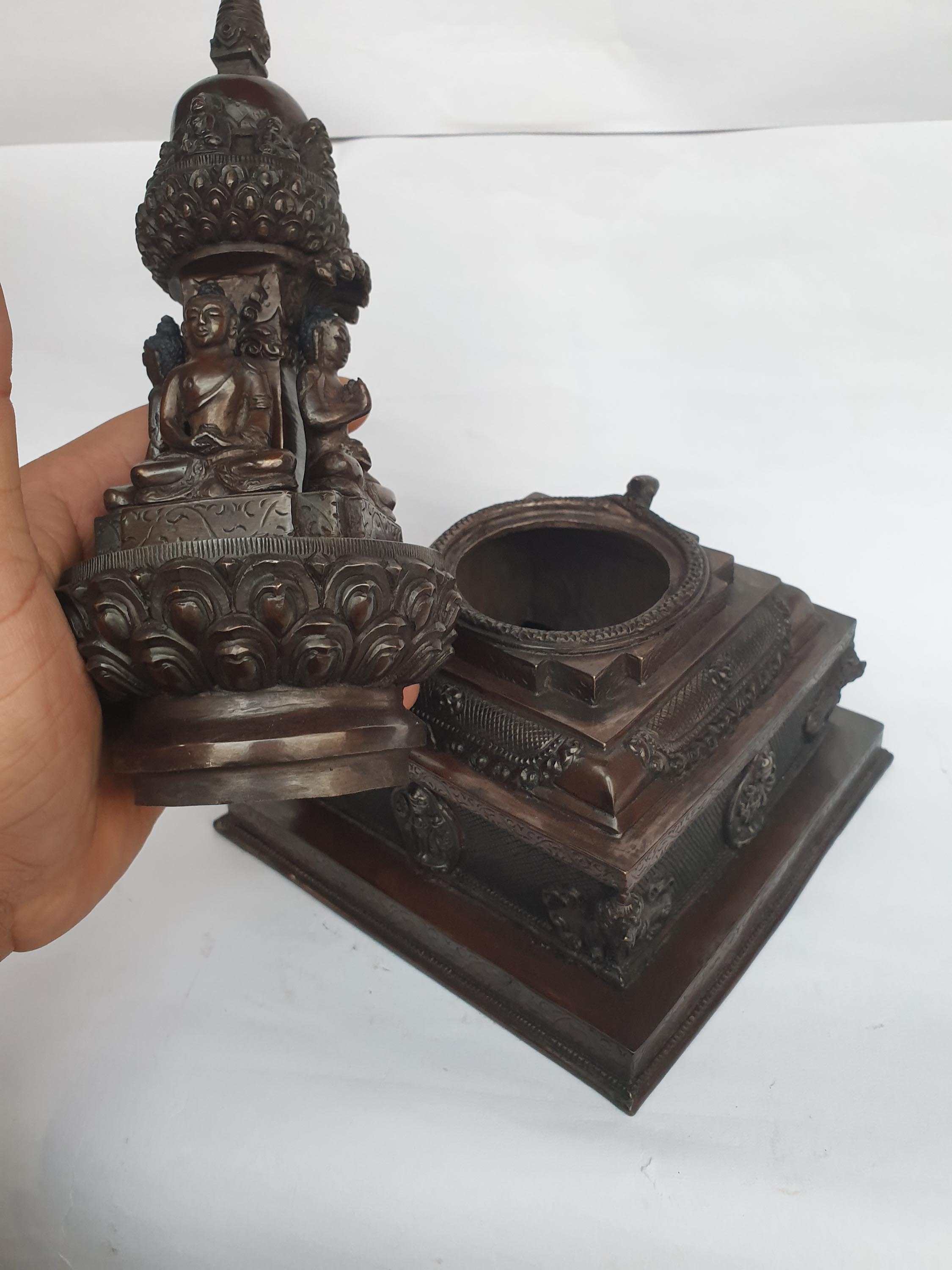 with Buddhas Detachable" title="Buddhist Newari Stupa
with Buddhas Detachable" title="Buddhist Newari Stupa 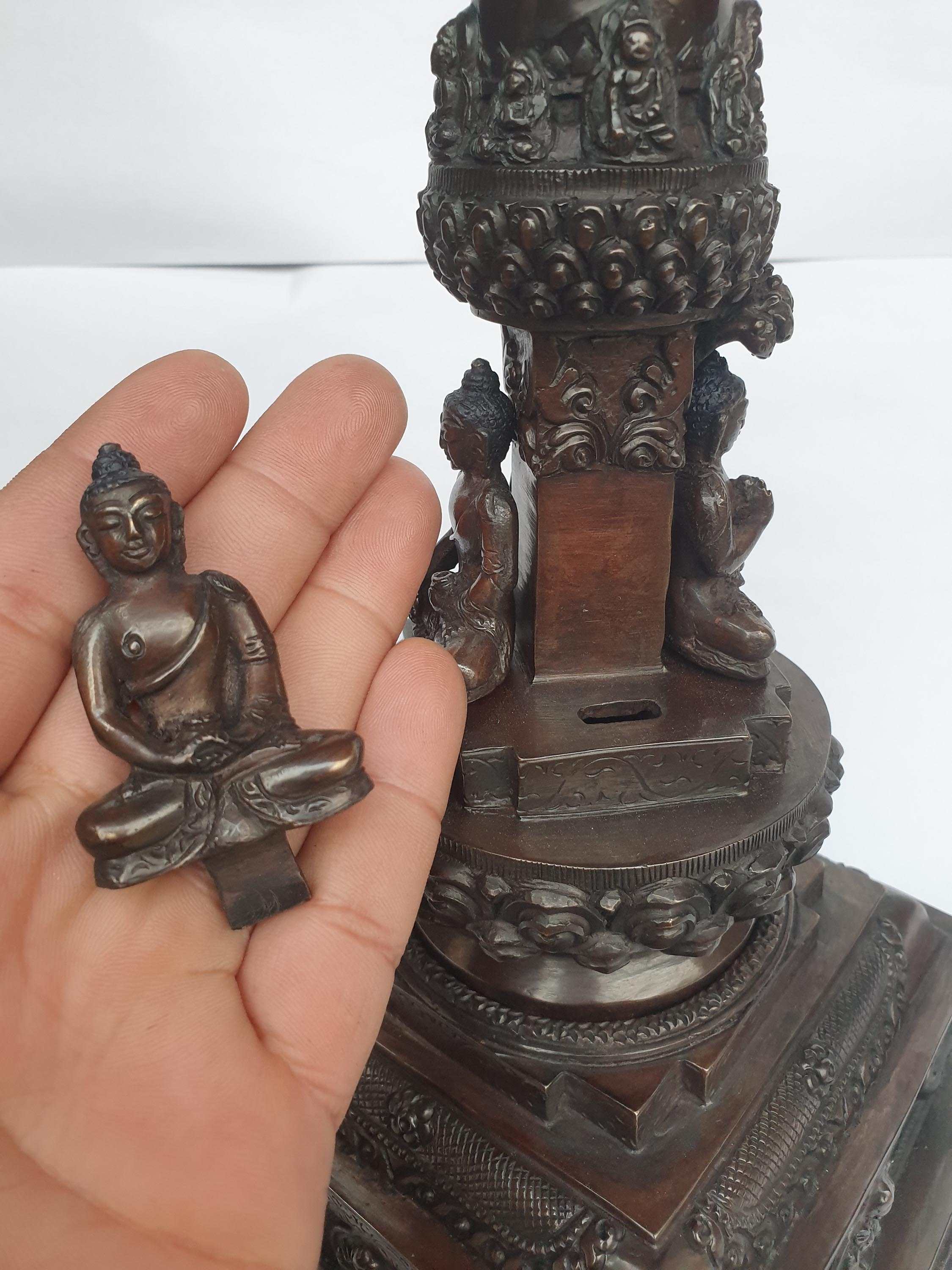 with Buddhas Detachable" title="Buddhist Newari Stupa
with Buddhas Detachable" title="Buddhist Newari Stupa 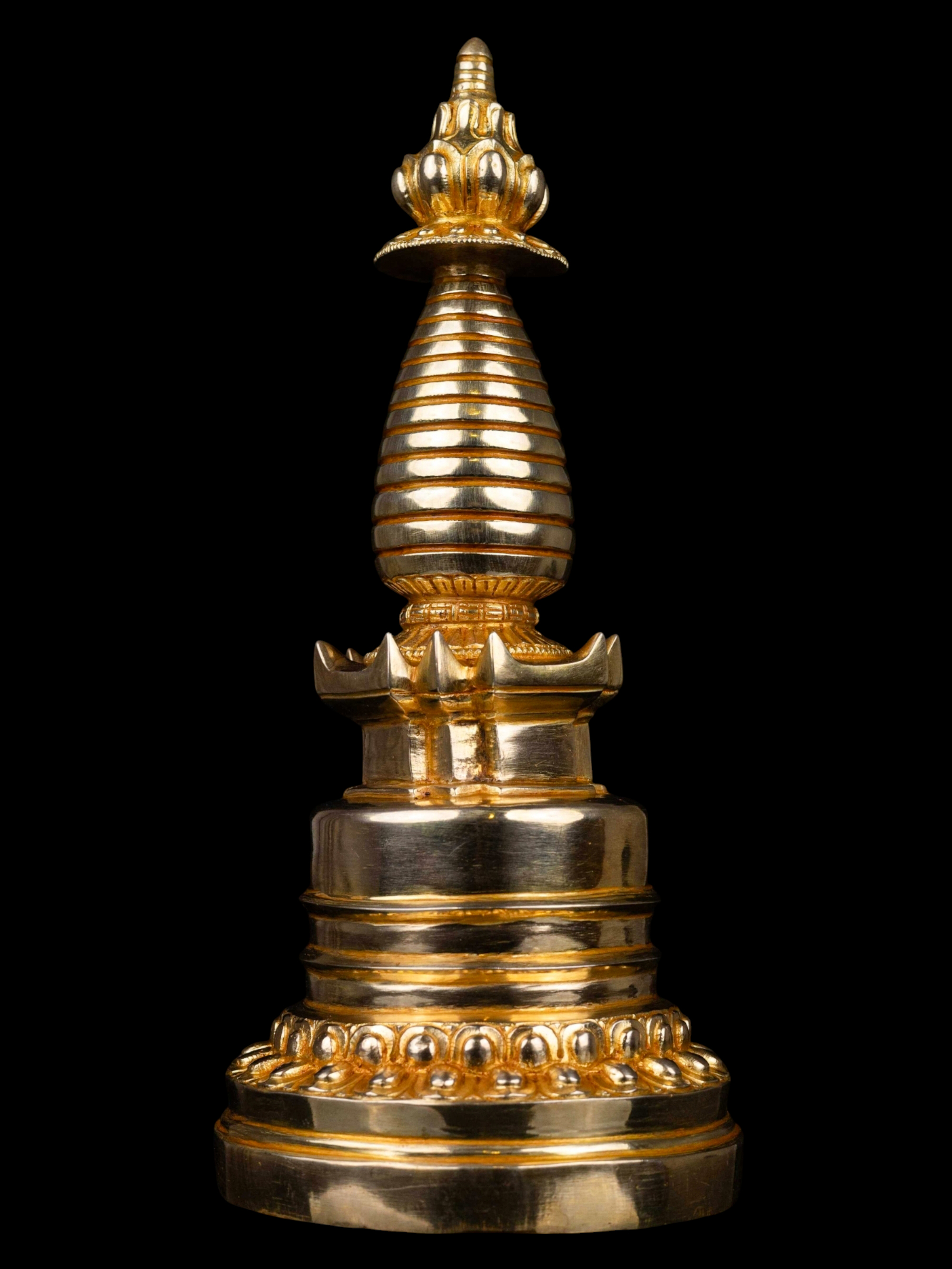 Stupa},
Stupa}, 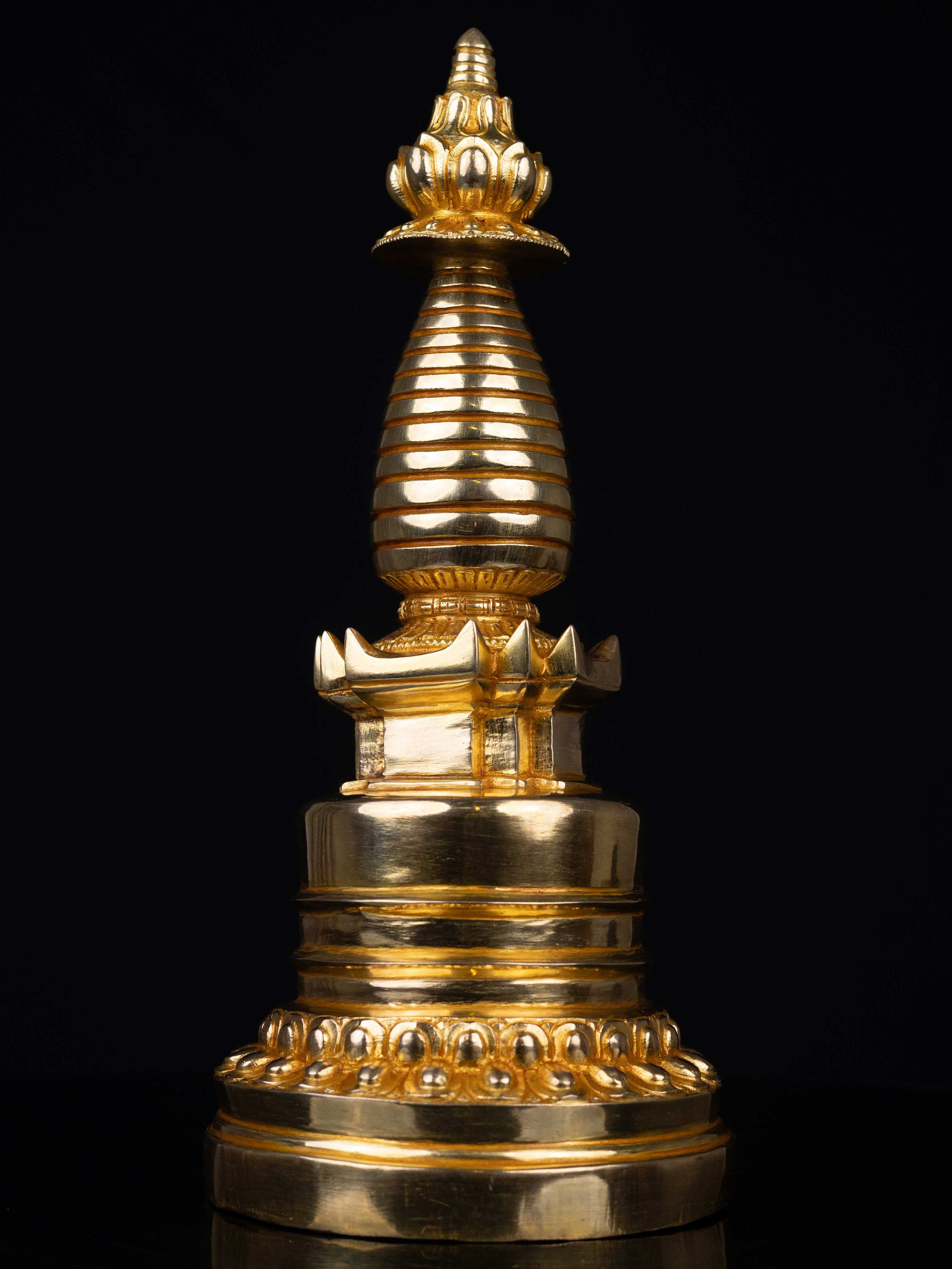 Stupa},
Stupa},  of Stupa,
of Stupa, 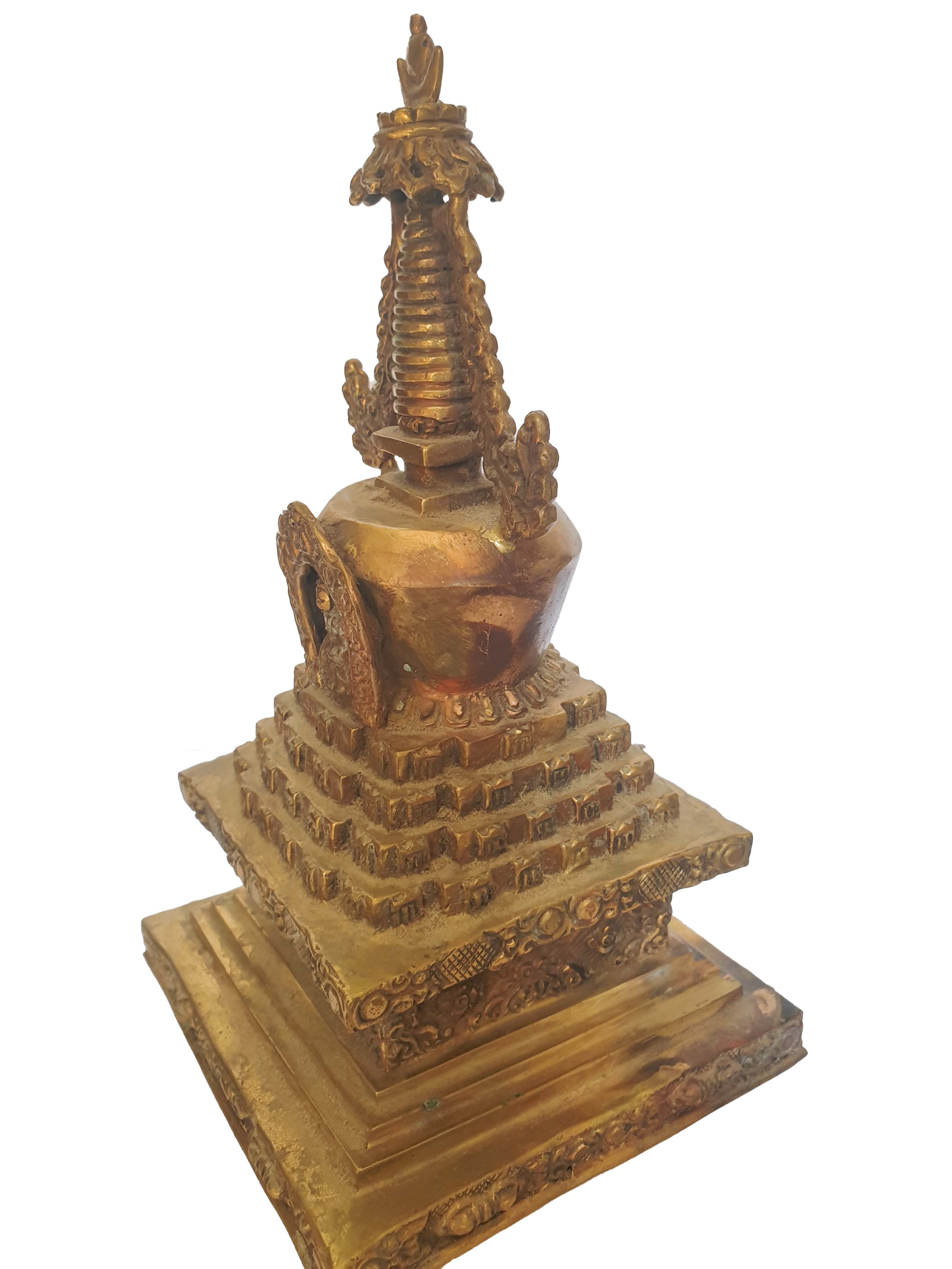 of Stupa,
of Stupa, 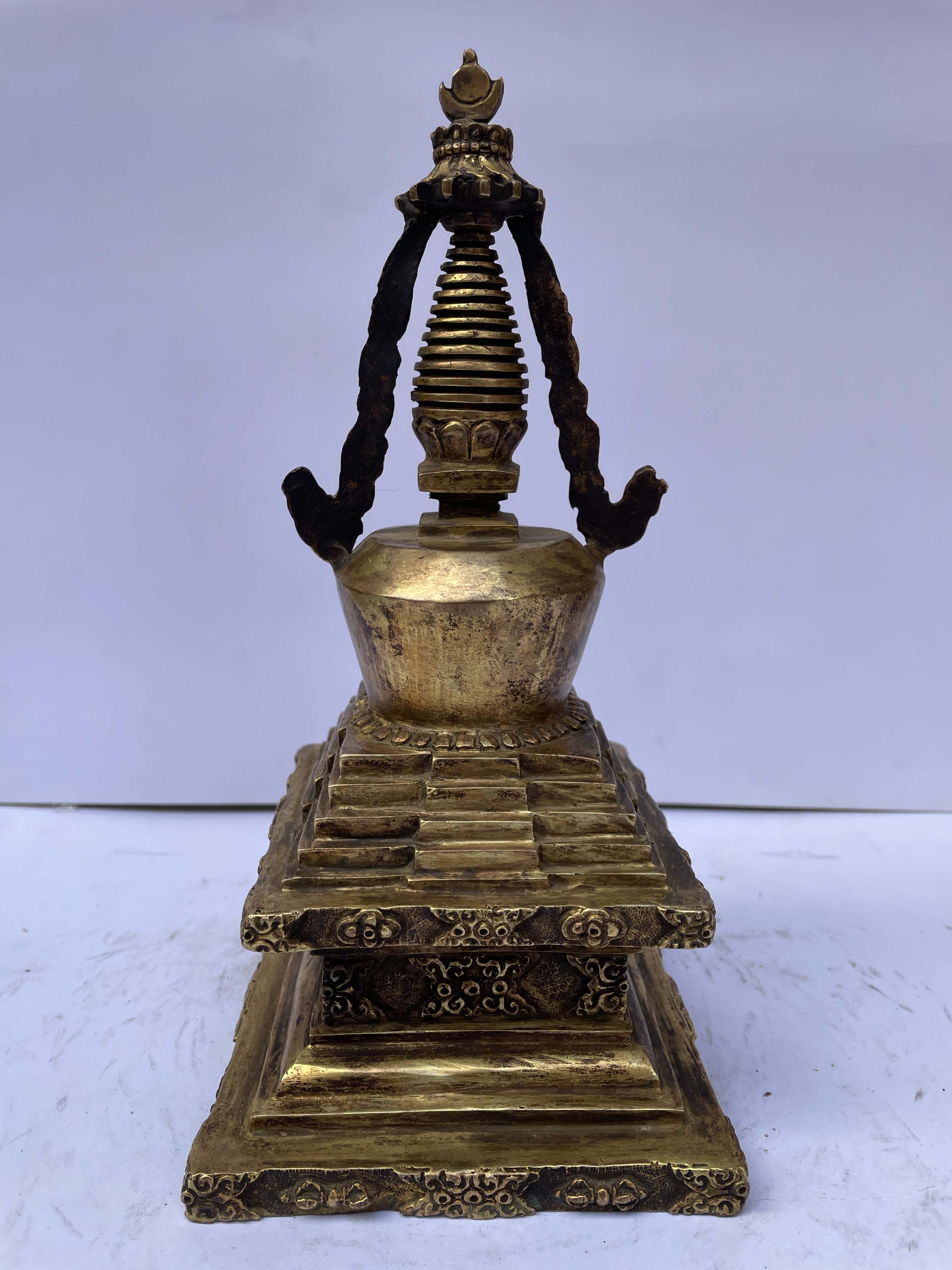 of Reconciliation -yendum Chorten,
of Reconciliation -yendum Chorten, 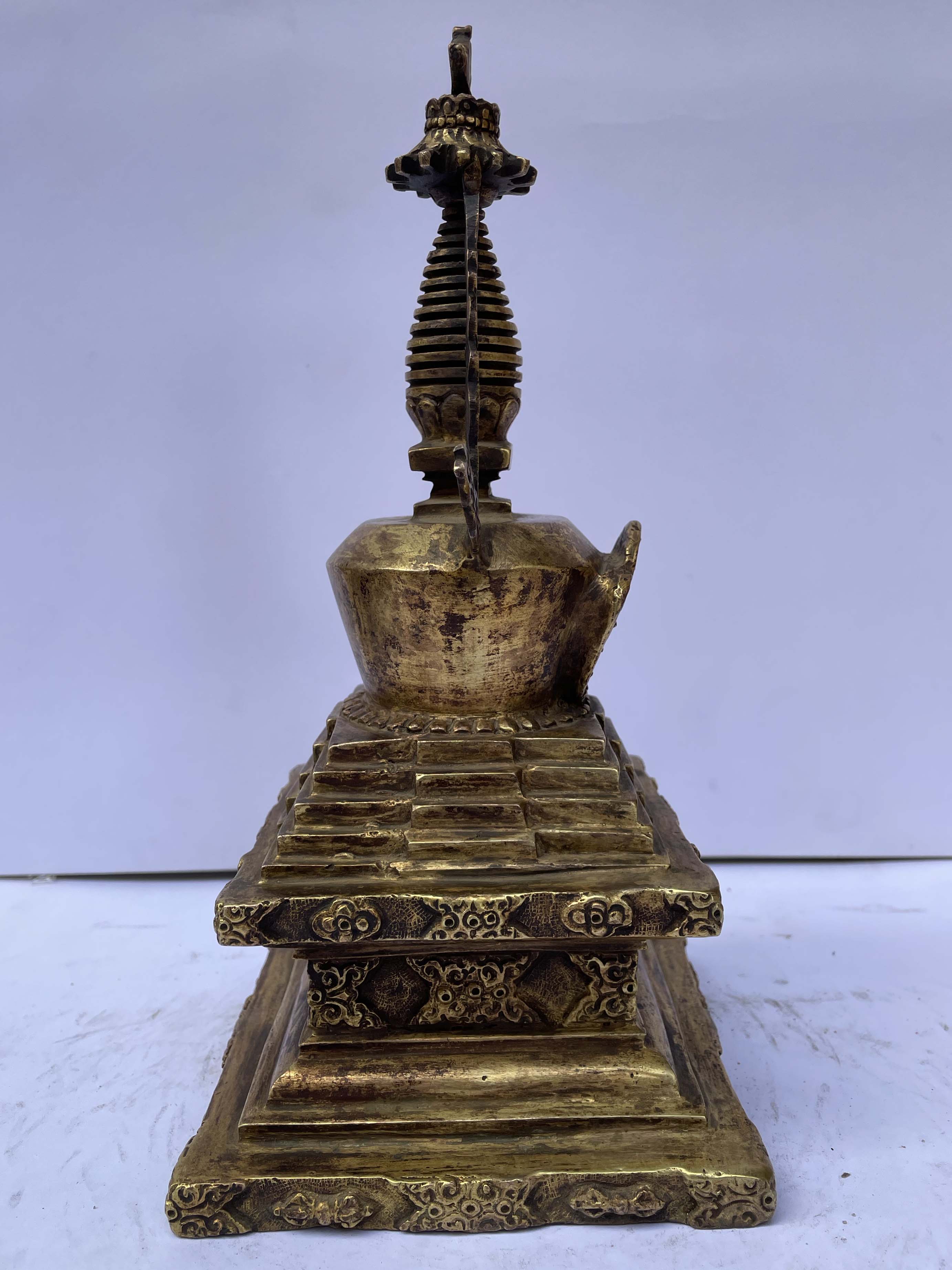 of Reconciliation -yendum Chorten,
of Reconciliation -yendum Chorten, 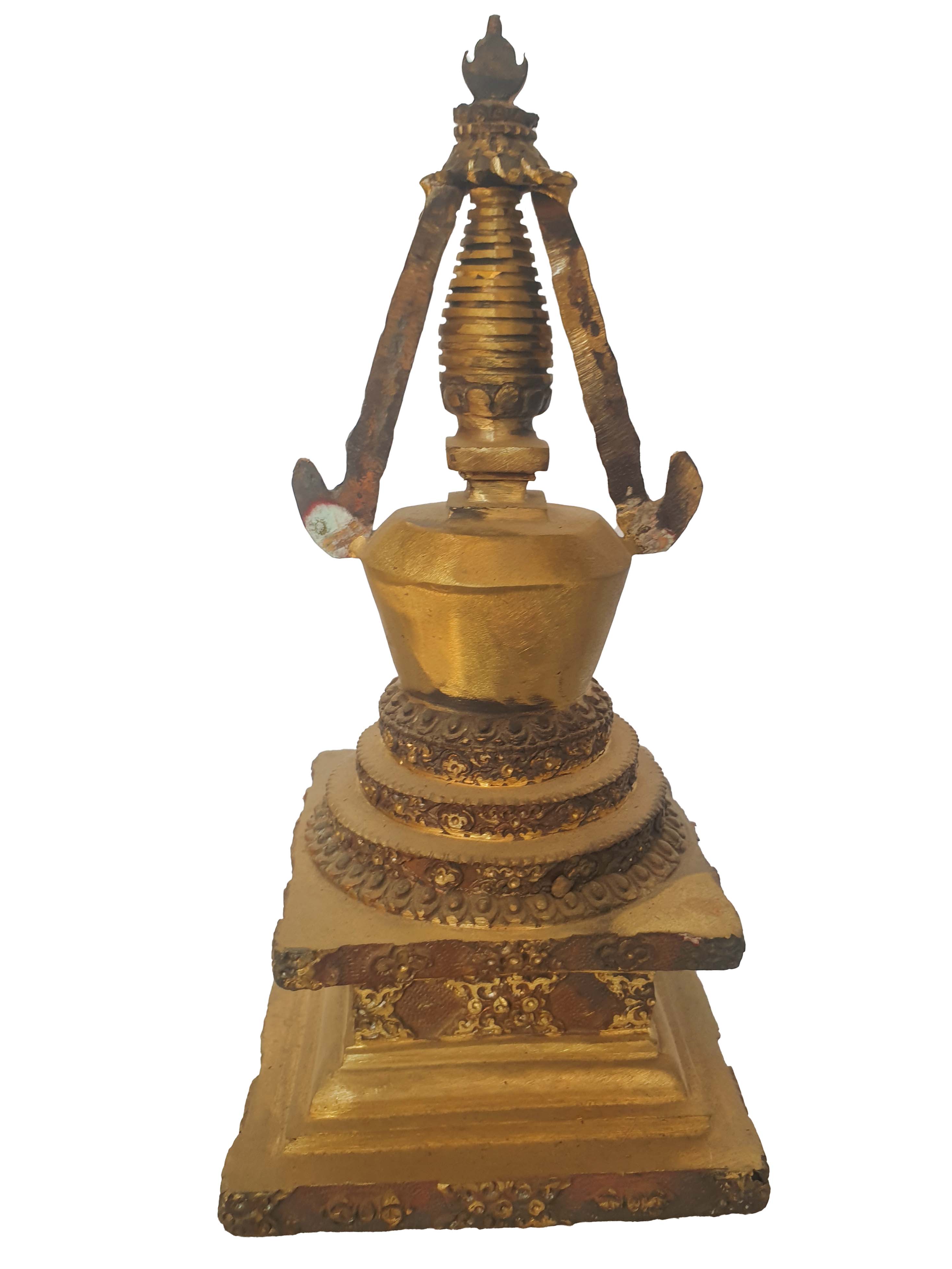 of Stupa,
of Stupa, 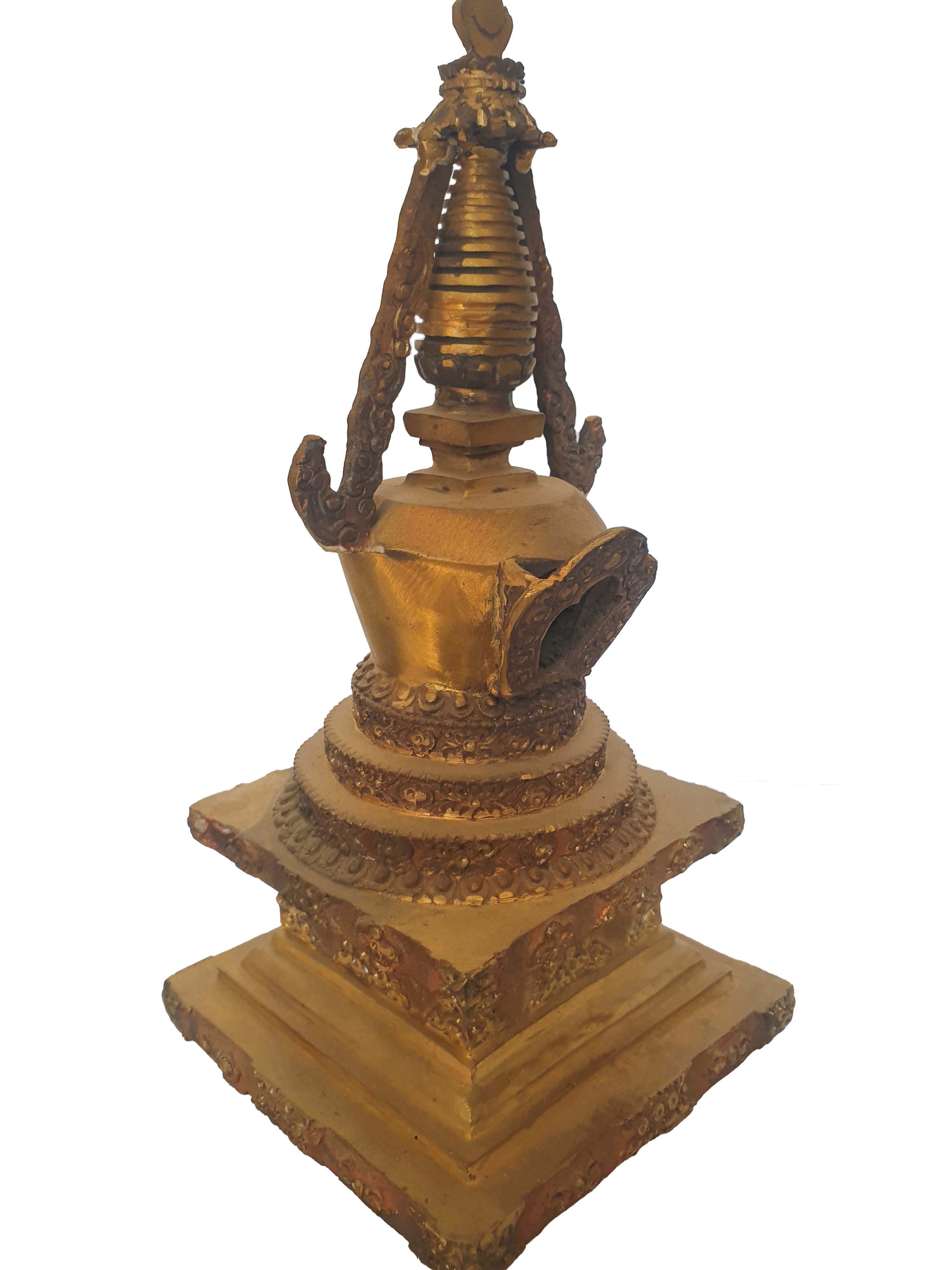 of Stupa,
of Stupa, 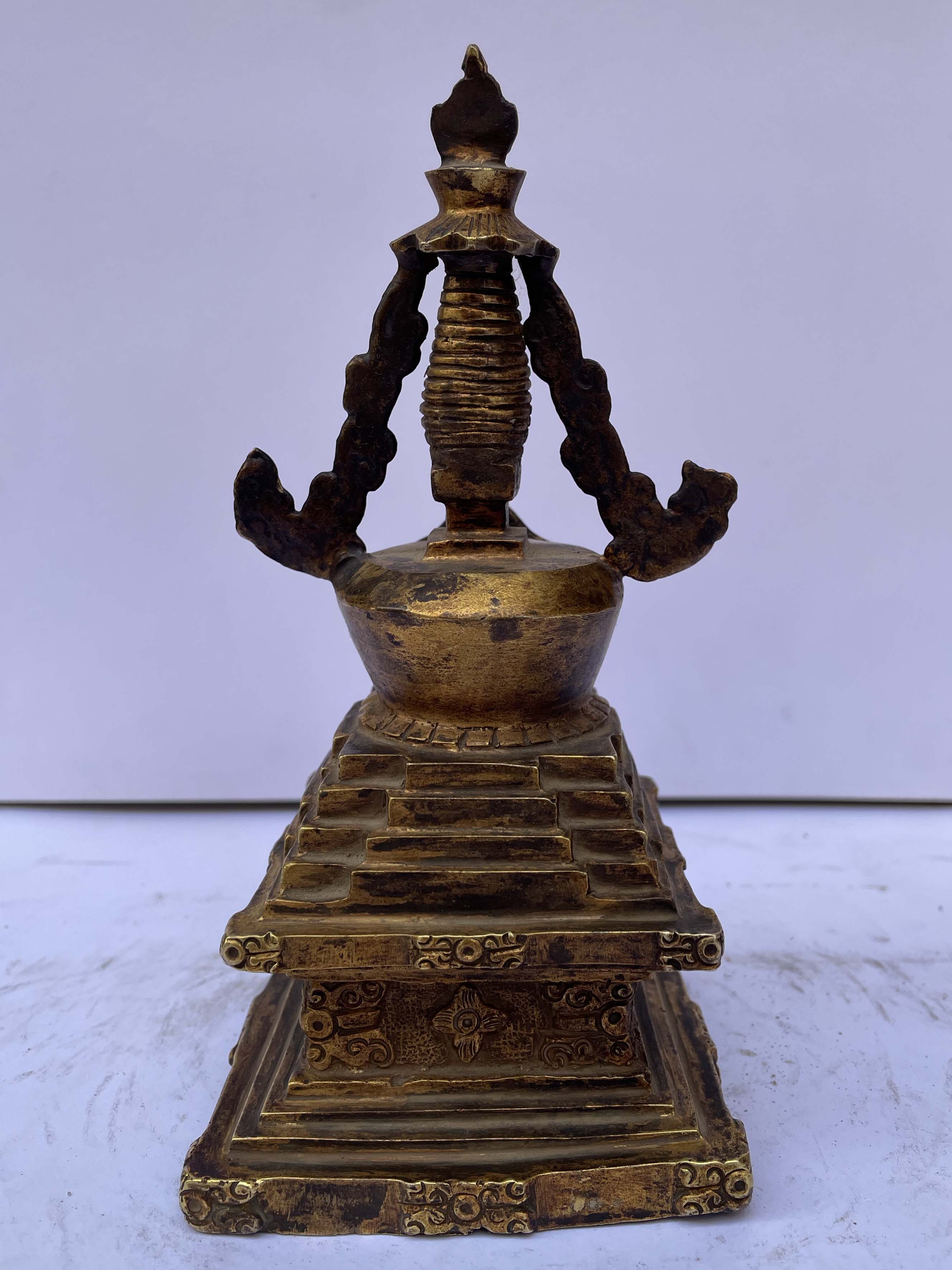 of Great Miracles - Chotrul Chorten,
of Great Miracles - Chotrul Chorten, 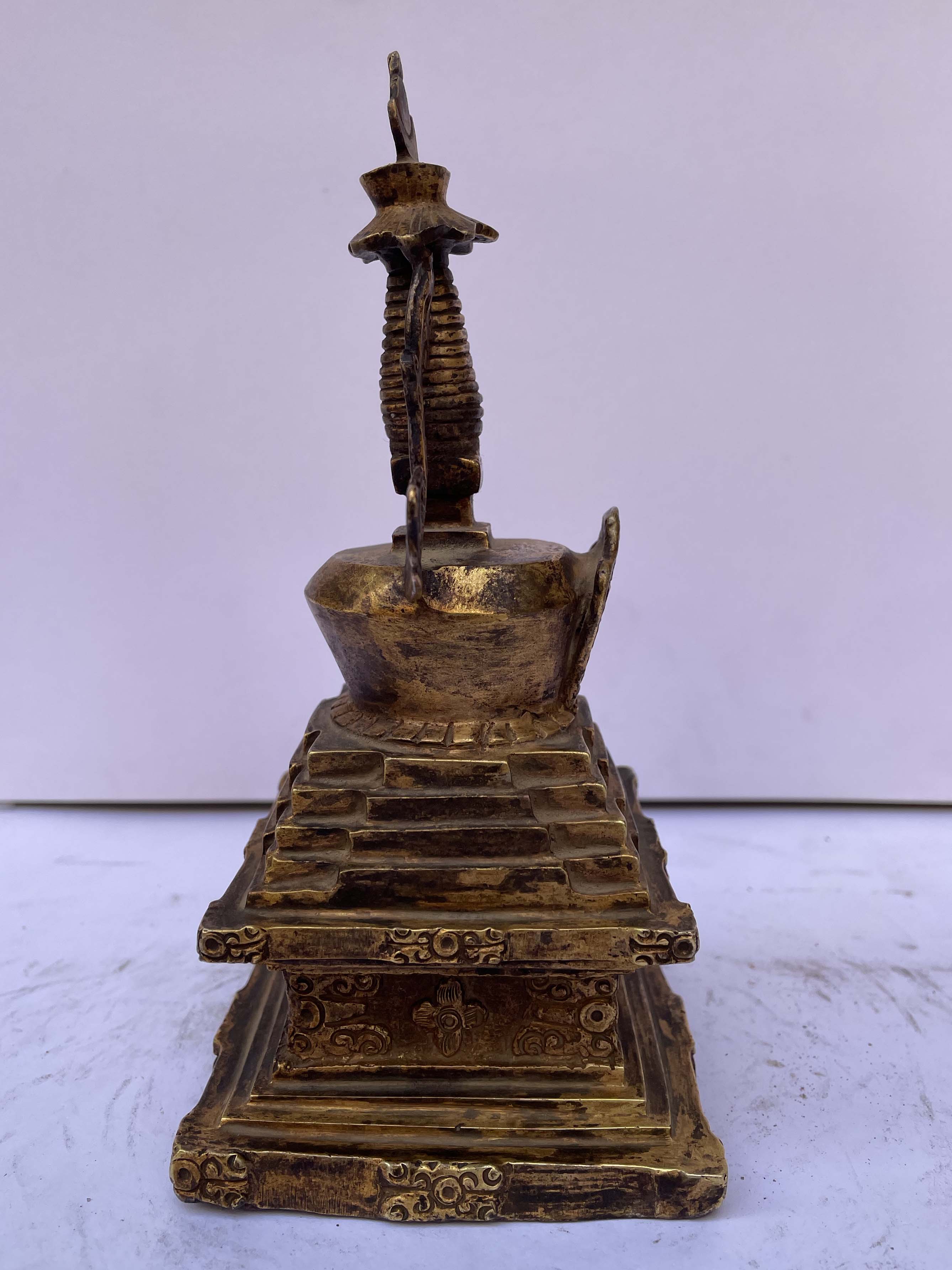 of Great Miracles - Chotrul Chorten,
of Great Miracles - Chotrul Chorten, 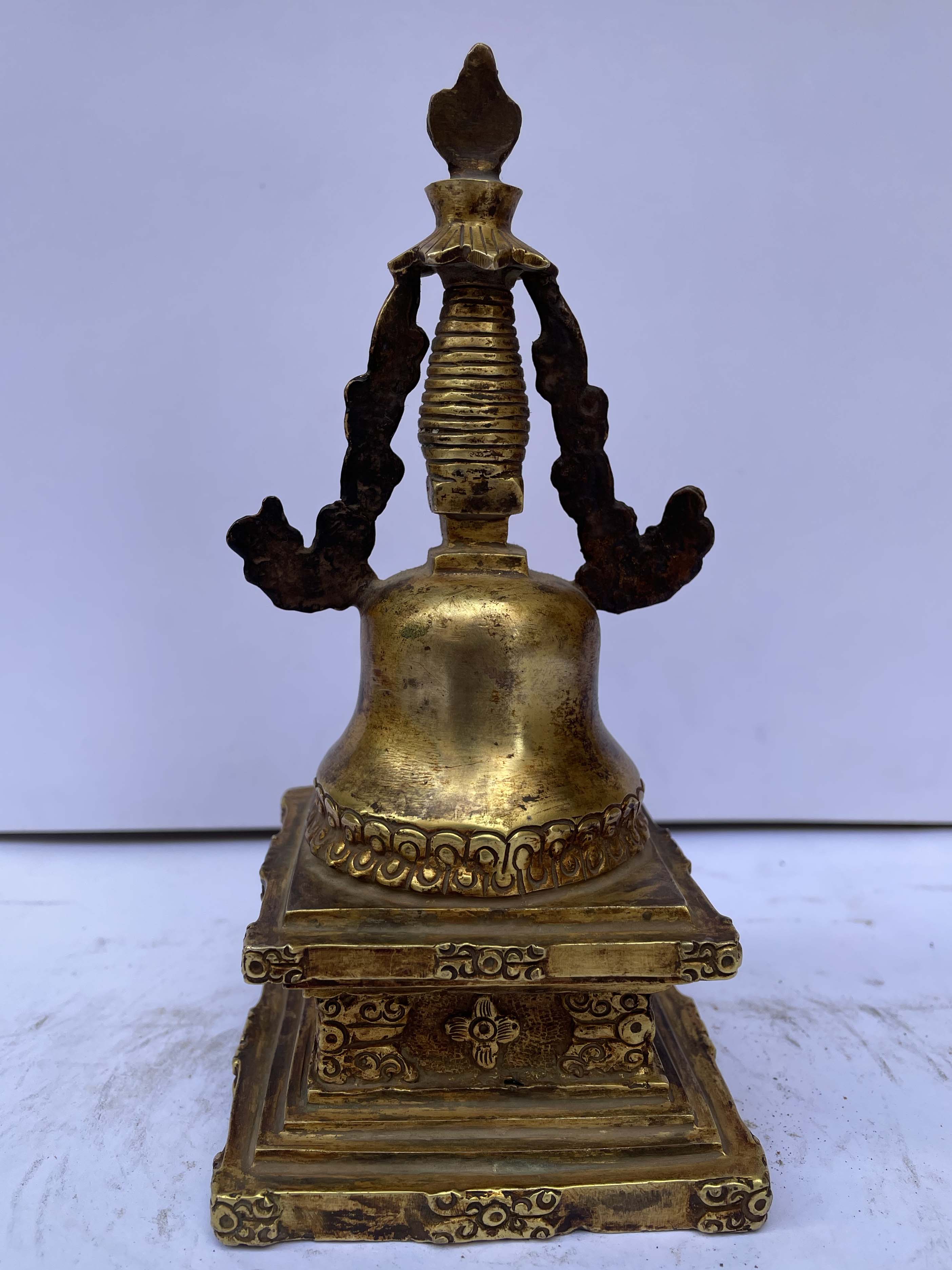 Full Fire Gold Plated, Antique Finishing" title="Buddhist Parinirvana Stupa - Nyangde Chorten,
Full Fire Gold Plated, Antique Finishing" title="Buddhist Parinirvana Stupa - Nyangde Chorten, 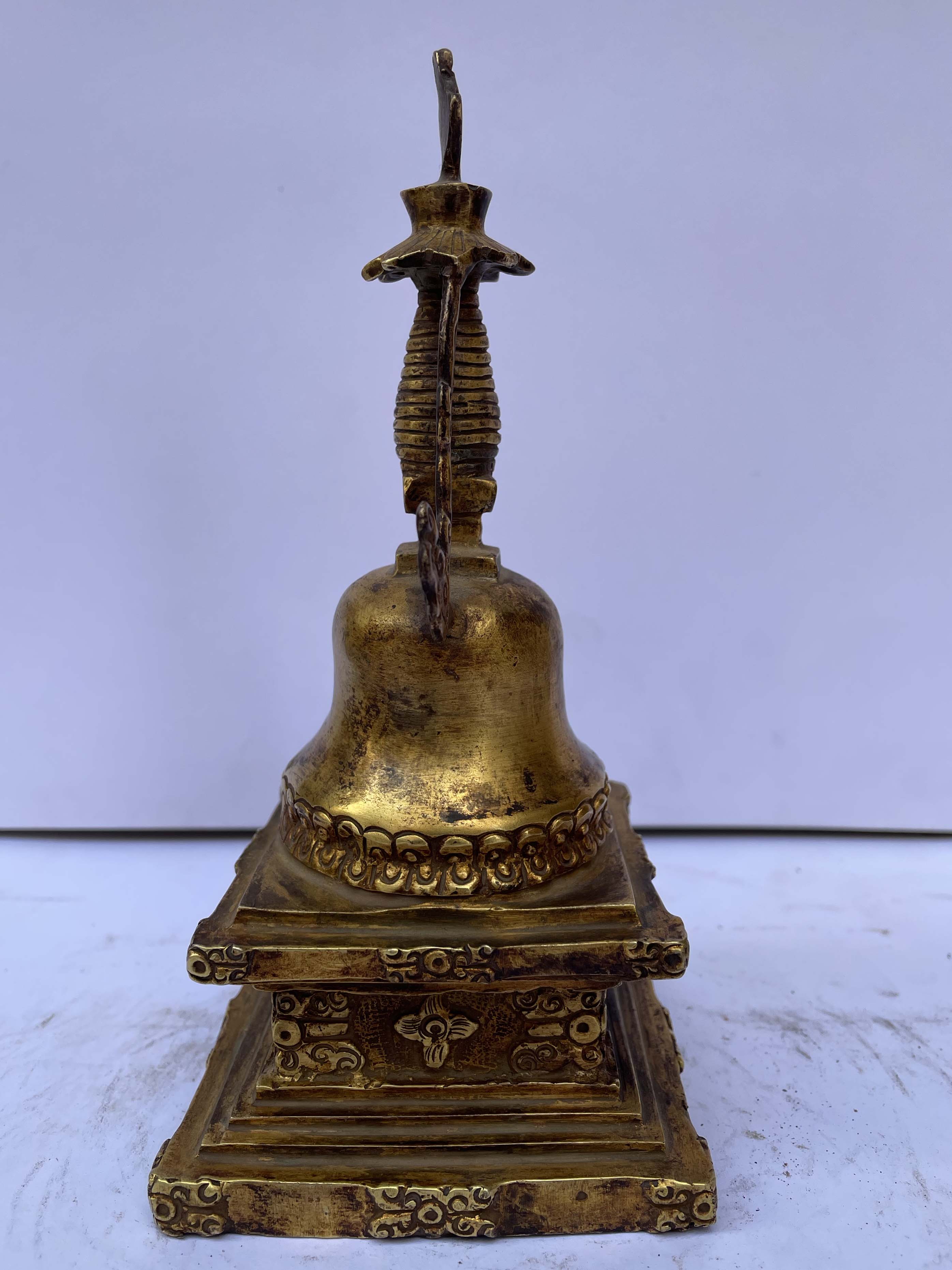 Full Fire Gold Plated, Antique Finishing" title="Buddhist Parinirvana Stupa - Nyangde Chorten,
Full Fire Gold Plated, Antique Finishing" title="Buddhist Parinirvana Stupa - Nyangde Chorten, 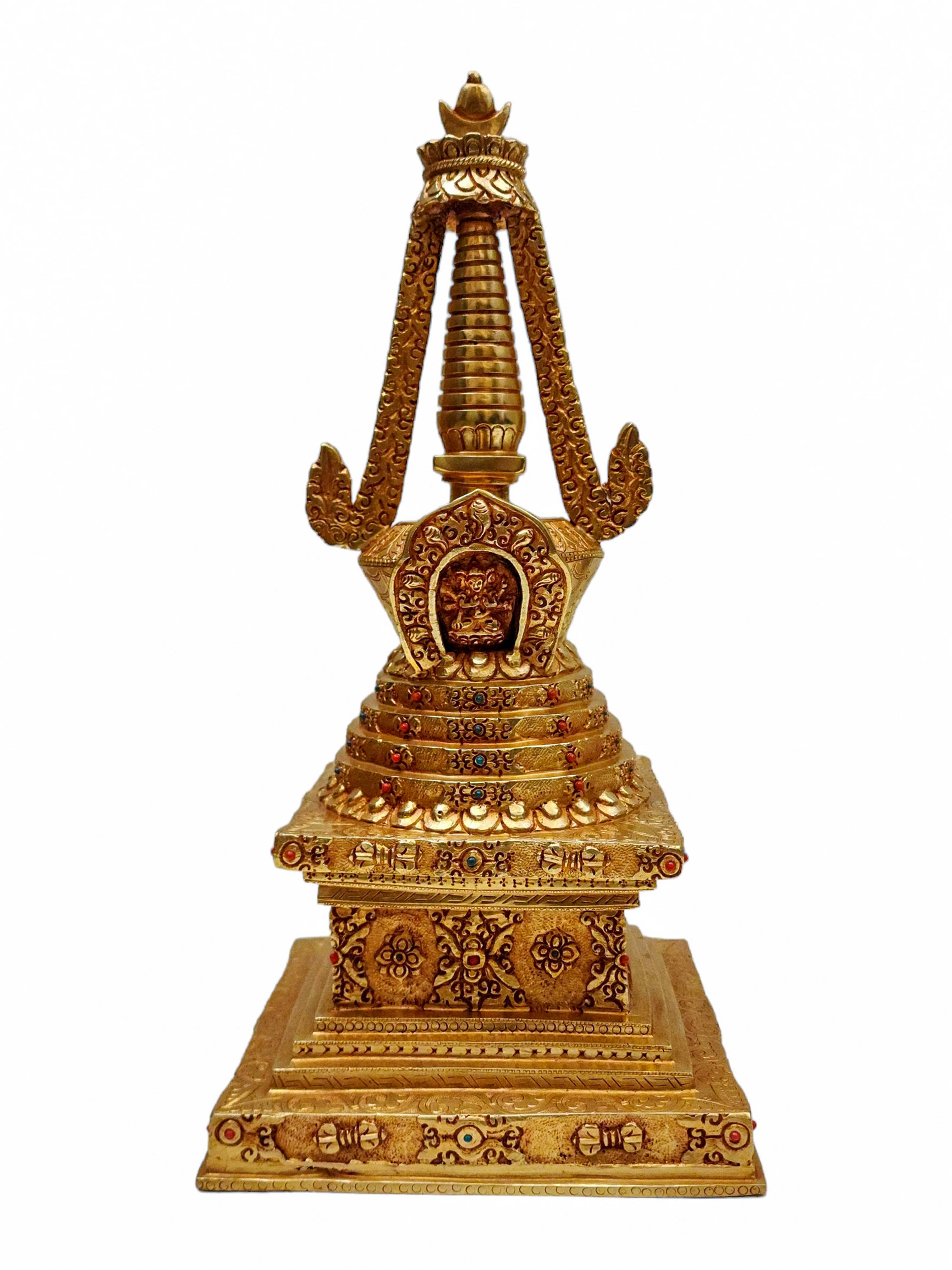 Stupa, Buddhist Handmade Staue,
Stupa, Buddhist Handmade Staue, 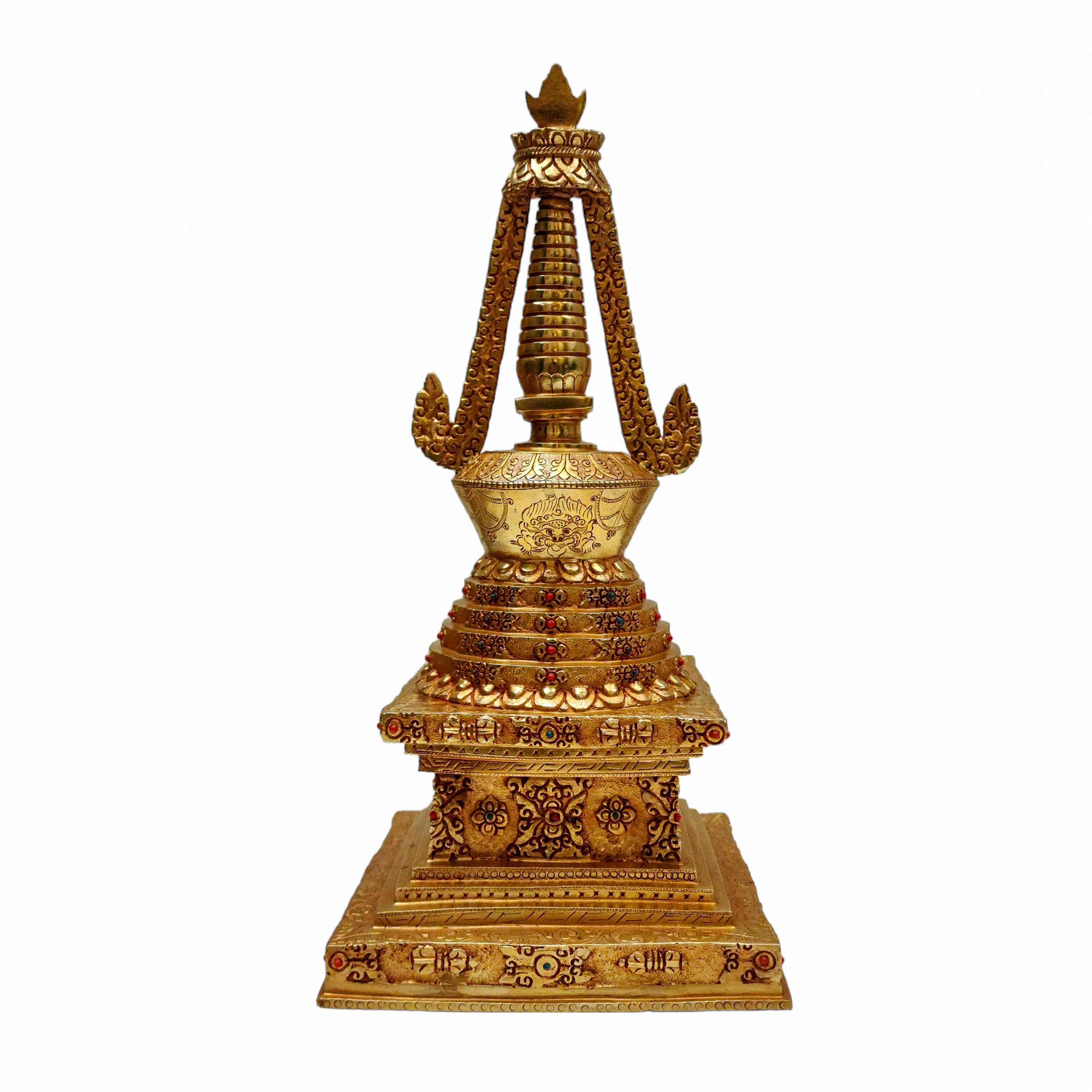 Stupa, Buddhist Handmade Staue,
Stupa, Buddhist Handmade Staue, 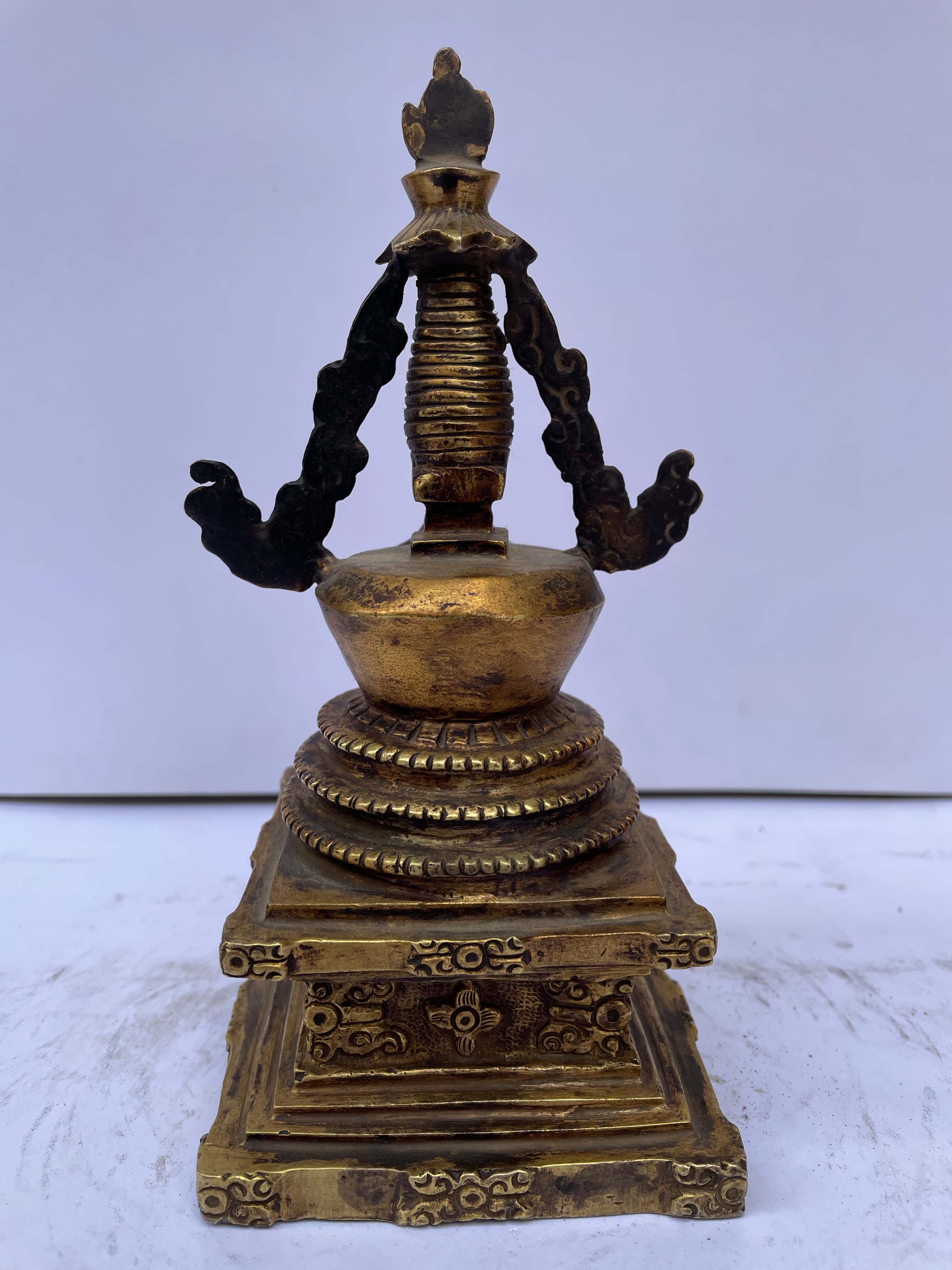 Full Fire Gold Plated, Antique Finishing" title="Buddhist Lotus Stupa - Pepung Chorten,
Full Fire Gold Plated, Antique Finishing" title="Buddhist Lotus Stupa - Pepung Chorten, 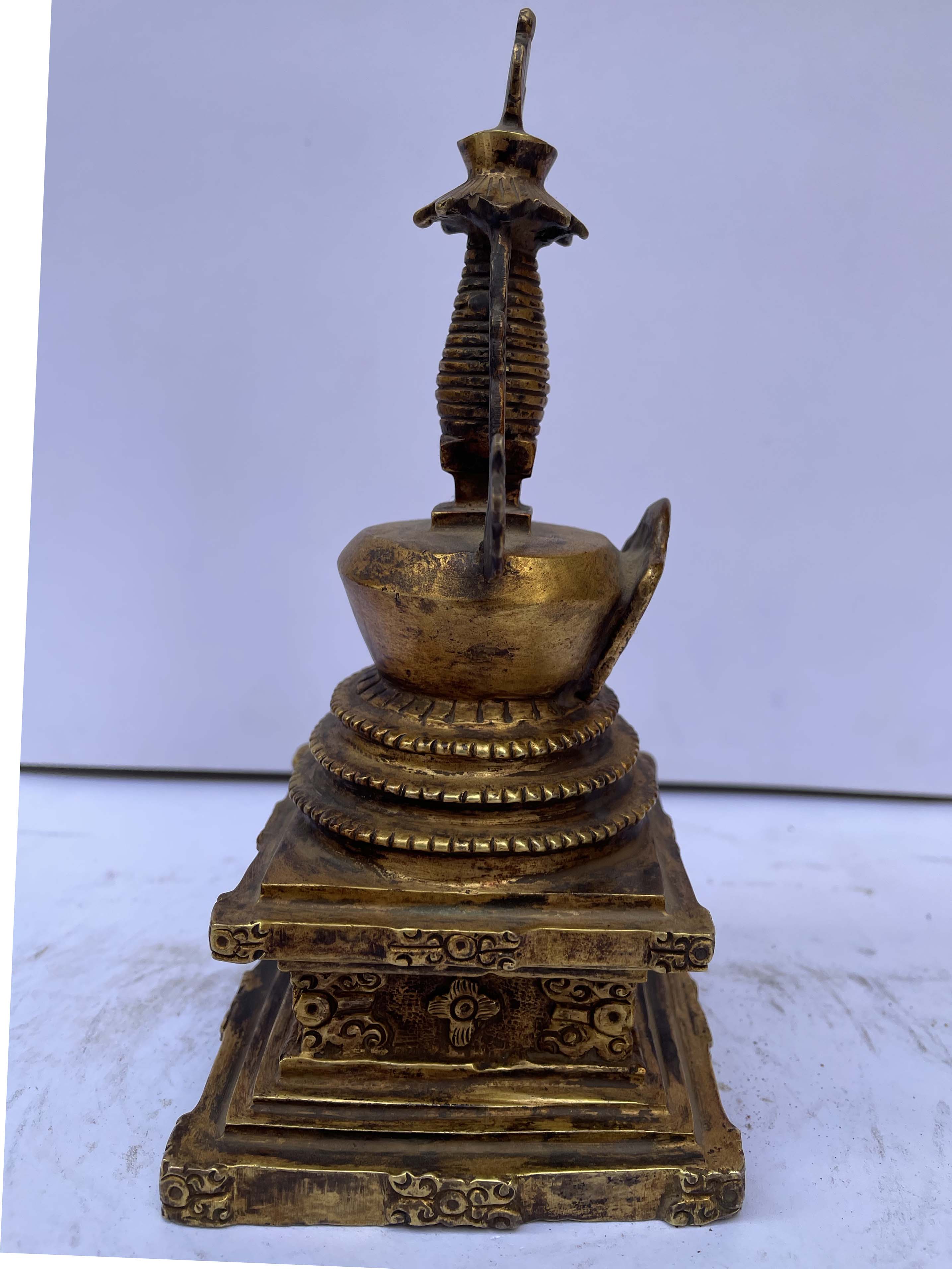 Full Fire Gold Plated, Antique Finishing" title="Buddhist Lotus Stupa - Pepung Chorten,
Full Fire Gold Plated, Antique Finishing" title="Buddhist Lotus Stupa - Pepung Chorten,